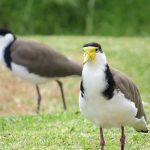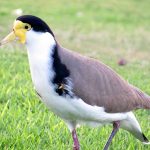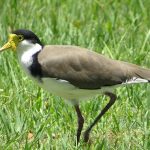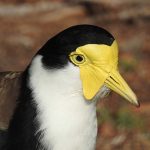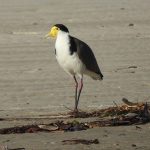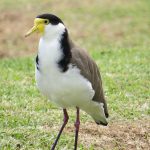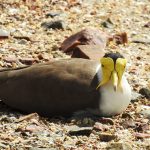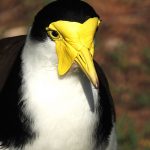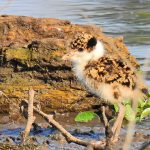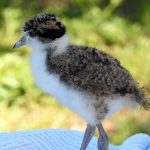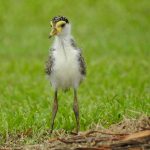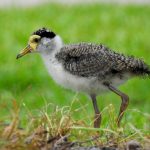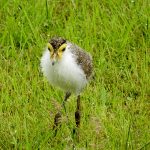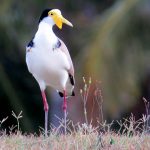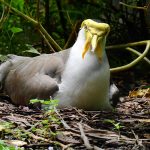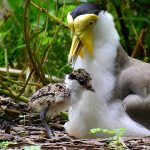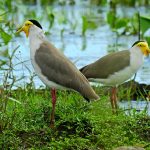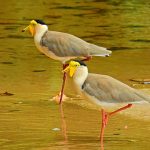MASKED LAPWING
The Masked lapwing is a distinctive and familiar bird across many parts of Australia and New Zealand.
Picture an open landscape, perhaps a grassy park, a golf course, or even agricultural land. These are the places where the Masked lapwing thrives. Its preference for such environments is due to the bird’s foraging behaviour, as it seeks out insects, worms, and other small invertebrates in the soft ground.
The Masked lapwing is easily recognized by its striking appearance. It has a prominent black crown and nape, contrasting sharply with its white neck and underparts. Its back and wings are grey, with brownish tints. But the most characteristic features are the yellow facial wattles – these are fleshy lobes that hang down from the bird’s face, giving it a rather dramatic look. Additionally, the lapwing has long, yellow legs and a stout, black bill.
One of the most intriguing aspects of the Masked lapwing is its territorial nature, especially during the breeding season, which typically occurs from August to November. These birds are known for their bold defence strategies, including loud, penetrating calls and even aerial dive-bombs towards intruders, be they other birds, animals, or unsuspecting humans wandering too close to their ground-level nests.
The Masked lapwing is not just confined to Australia; it is also found in New Zealand, New Guinea, and parts of Indonesia. Within Australia, its range spans from the northern regions of the country down to the southern coasts, though it is less common in arid desert areas.
As you observe the Masked lapwing in its natural setting, it’s hard not to admire its resilience and adaptability. These birds have not only thrived in natural grasslands but have also made a successful transition to modified environments created by humans.
In terms of conservation, the Masked lapwing is currently not considered to be at risk. It is classified as a species of least concern, thanks to its wide distribution and large population. However, this status should not lead to complacency. The masked lapwing’s success story is a reminder of the importance of maintaining diverse habitats and the balance between human activities and the needs of wildlife.

